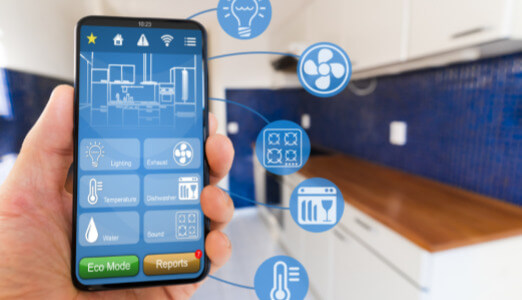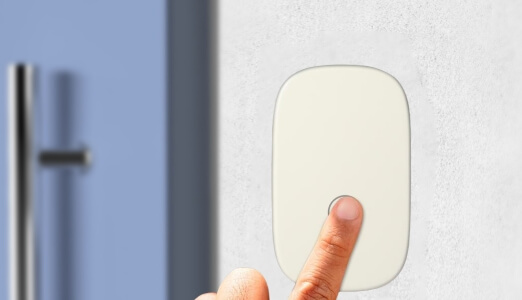A doorbell is a common communication device found in homes and offices. The primary use and function of a doorbell is that when someone presses the doorbell, it will make a sound to notify the people inside the house that a visitor has arrived. This way, even if the person inside the house is not near the door, he or she can quickly learn that someone is knocking at the door. More than just a simple notification tool, doorbells have become an important part of improving residential security, convenience and smart home experience as technology has evolved. In addition to the doorbells we come across in our daily lives, did you know that there is a doorbell that doesn't require batteries? Self-powered doorbells! Today let's explore the differences between doorbells that require electricity and self-powered doorbells:

1. Doorbells that require electricity: do not require regular battery replacement, can ensure continuous operation, reducing the risk of doorbell failure due to battery depletion, due to the continuous power supply, these doorbells are usually more reliable, reducing the possibility of abnormal functioning or degradation of performance due to low battery power. Powered doorbells tend to offer more advanced features such as video calls, real-time monitoring, remote control, etc., due to the stable power support, which may not be possible in purely battery-powered doorbells or may consume batteries significantly. Initial installation may require some cost and labor, and in the long dollar view, there is no need to replace batteries frequently, which can save some maintenance costs. But let's be aware! In case of power failure or electrical failure, these doorbells will not work and may temporarily lose the functionality of the doorbell. Also compared to battery-powered doorbells (which can cause some degree of environmental pollution), the installation of power-connected doorbells is usually more complicated and may require wiring and installation by professionals, especially in older homes where additional modifications may be required. Once the installation is complete and it is fixed in one place and connected to the home's power system, it is relatively difficult to change the location of the doorbell.
2. Self-generating doorbells (stick anywhere), also known as battery-less doorbells, are a type of doorbell system that utilizes mechanical energy converted into electrical energy. When the user presses the doorbell button, the physical pressure generates enough electrical energy to drive the doorbell to ring. This doorbell system offers a series of advantages:
(1)Environmental protection and energy saving: self-generated doorbells do not need to use batteries or an external power supply, avoiding the consumption and replacement of batteries, reducing the pollution of waste batteries A on the environment, in line with the environmental protection concept of energy saving and emission reduction.
(2)Easy to install: Since there is no need for power cables or replacement batteries, the installation process of self-powered doorbells is usually very simple and fast, without professional skills, and without the need to modify the existing circuit, greatly reducing the difficulty and cost of installation.
(3)Low cost of use: There is no need to regularly purchase batteries or pay additional electricity bills. Once installed, it can be used over a long period, which can significantly reduce long-term operating costs.
(4)High reliability: A self-generated doorbell does not rely on an external power supply or batteries, it can work normally under power interruption or extreme weather conditions, which enhances the reliability and stability of the system.
(5)Simple Maintenance: There are no batteries to replace, reducing maintenance work and potential points of failure, making the doorbell system more durable and long-lasting.
(6)Safety: No need to connect to the home power supply, reducing wire laying and the risk of electrocution, making the installation and use process safer, allowing children to play worry-free and parents to rest assured.

Despite the many advantages of self-powered doorbells, we also need to consider the functional limitations that may exist when choosing one over a traditional electric or battery-operated doorbell, such as the transmission distance, volume level, or the availability of additional features such as video surveillance. Of course! Self-powered doorbells are an attractive option for those seeking environmental protection, convenience and low maintenance costs.

 CN
CN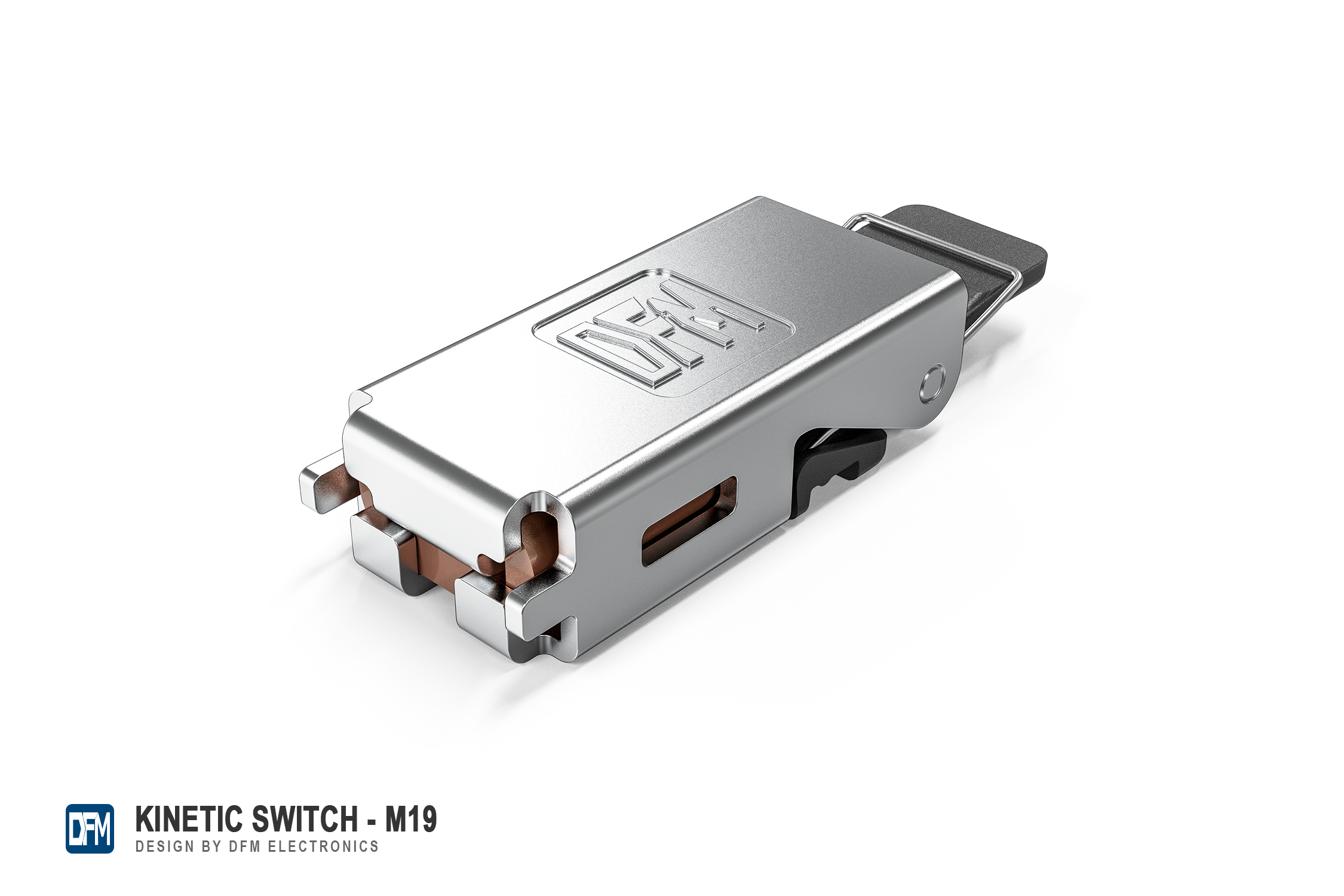


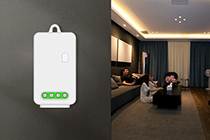
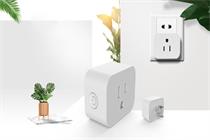
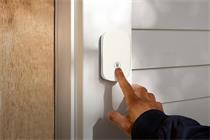







 Home
Home DFM
DFM  Mar 27,2024
Mar 27,2024 
 DFM takes a load off your mind when travelling abroad!
DFM takes a load off your mind when travelling abroad! 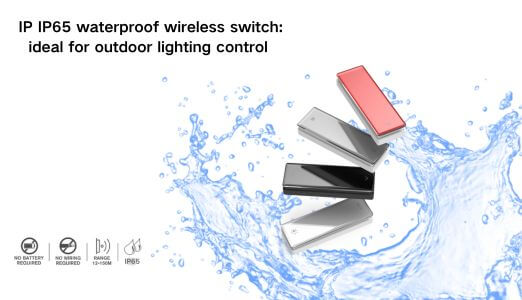
 Jan 27,2024
Jan 27,2024 


